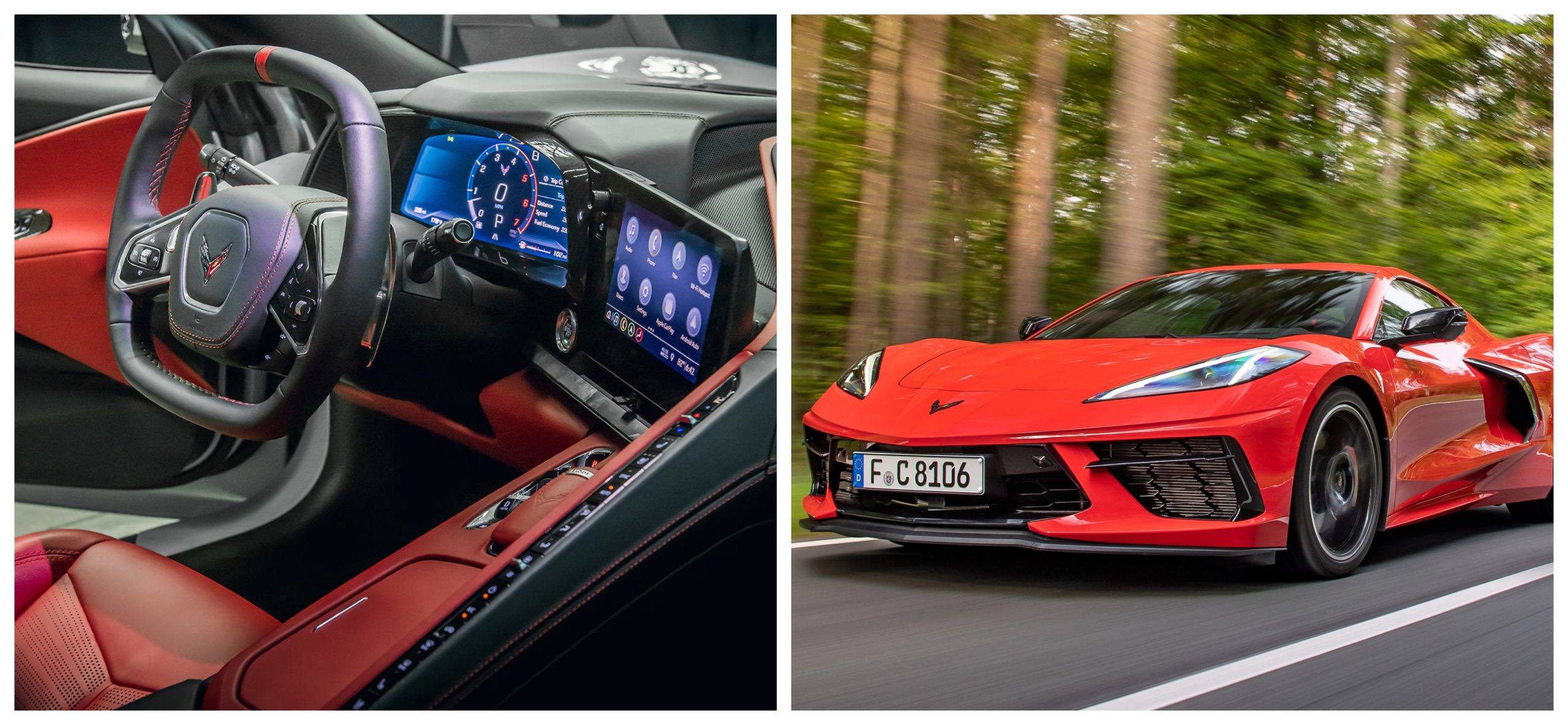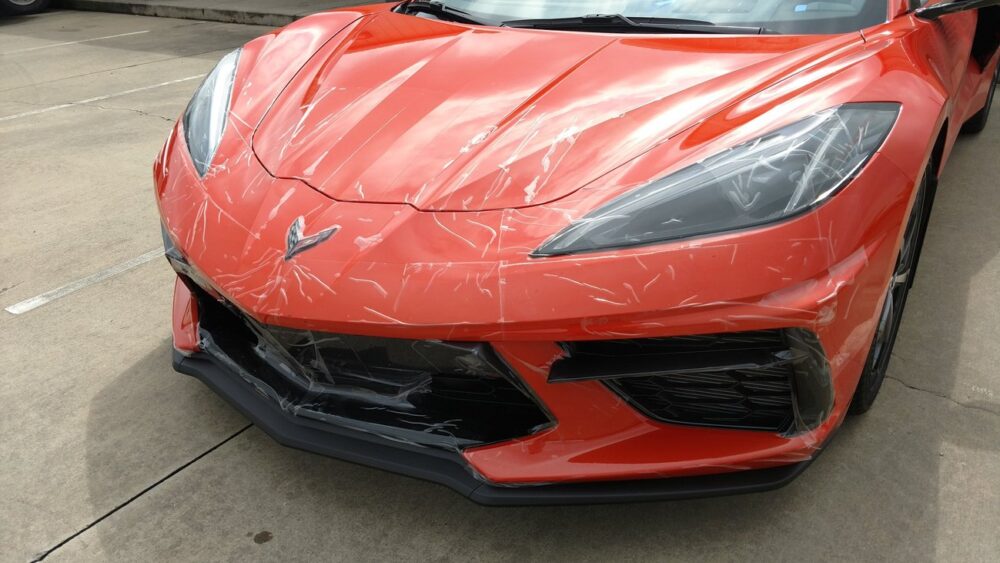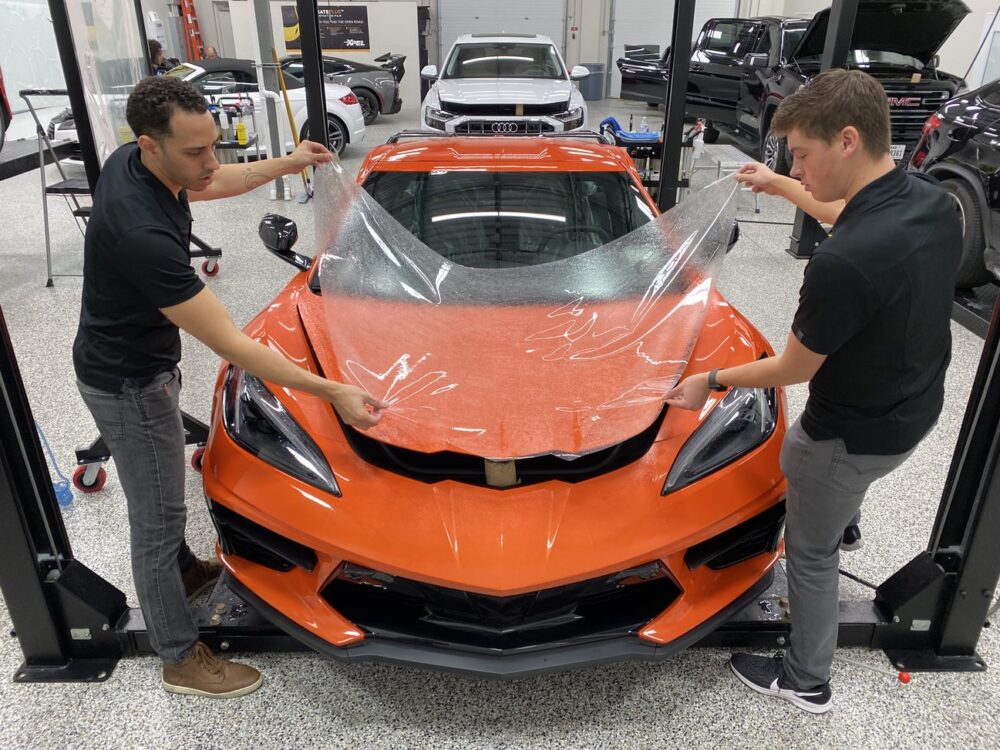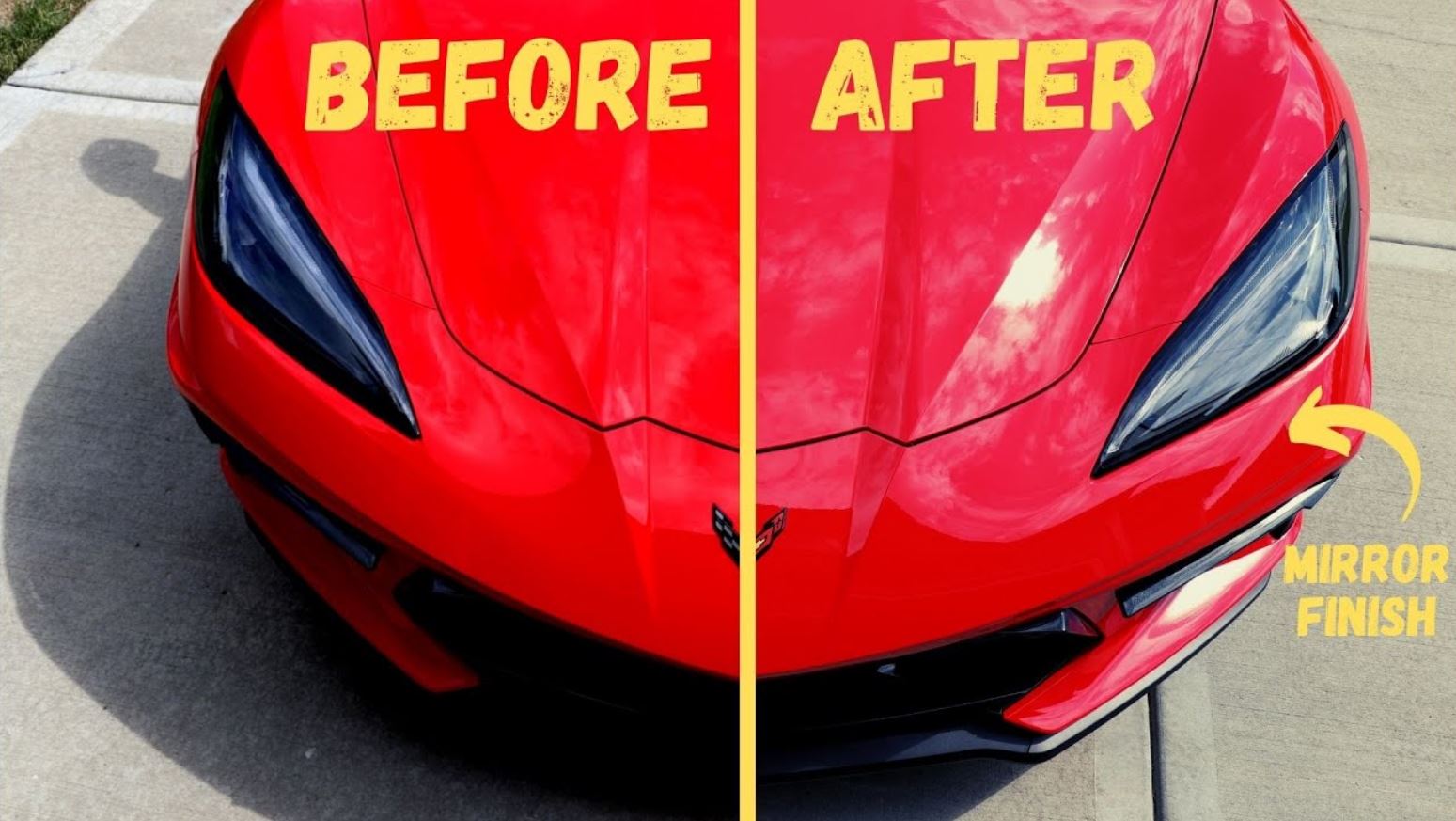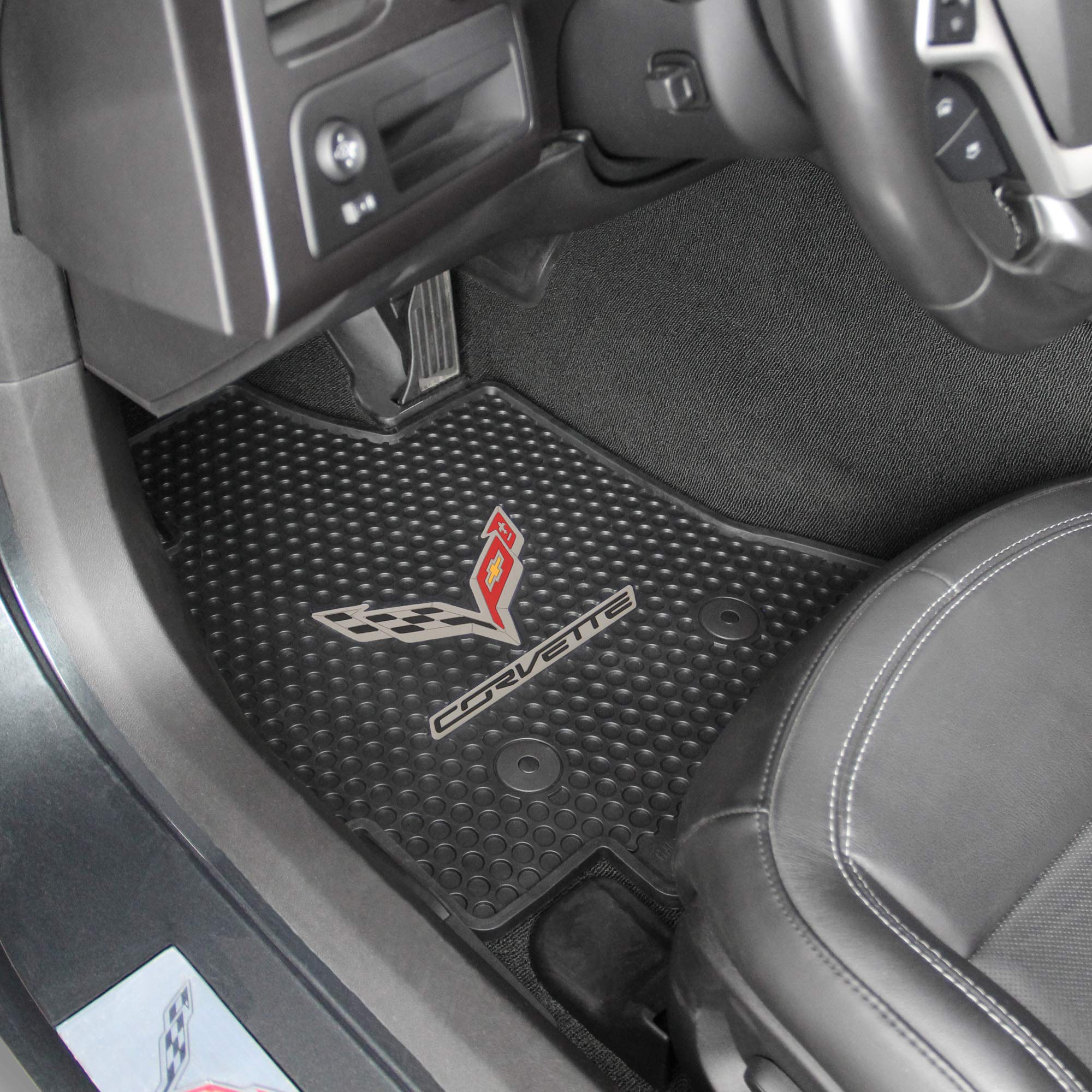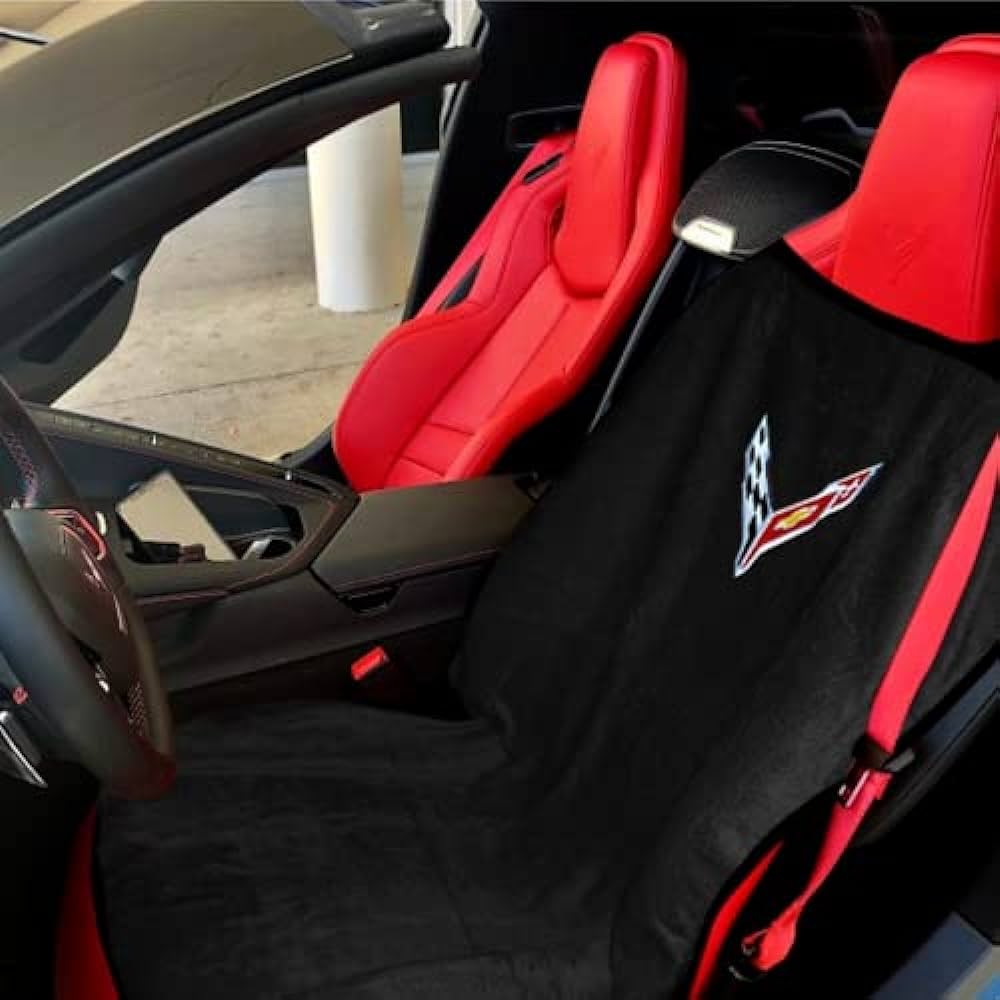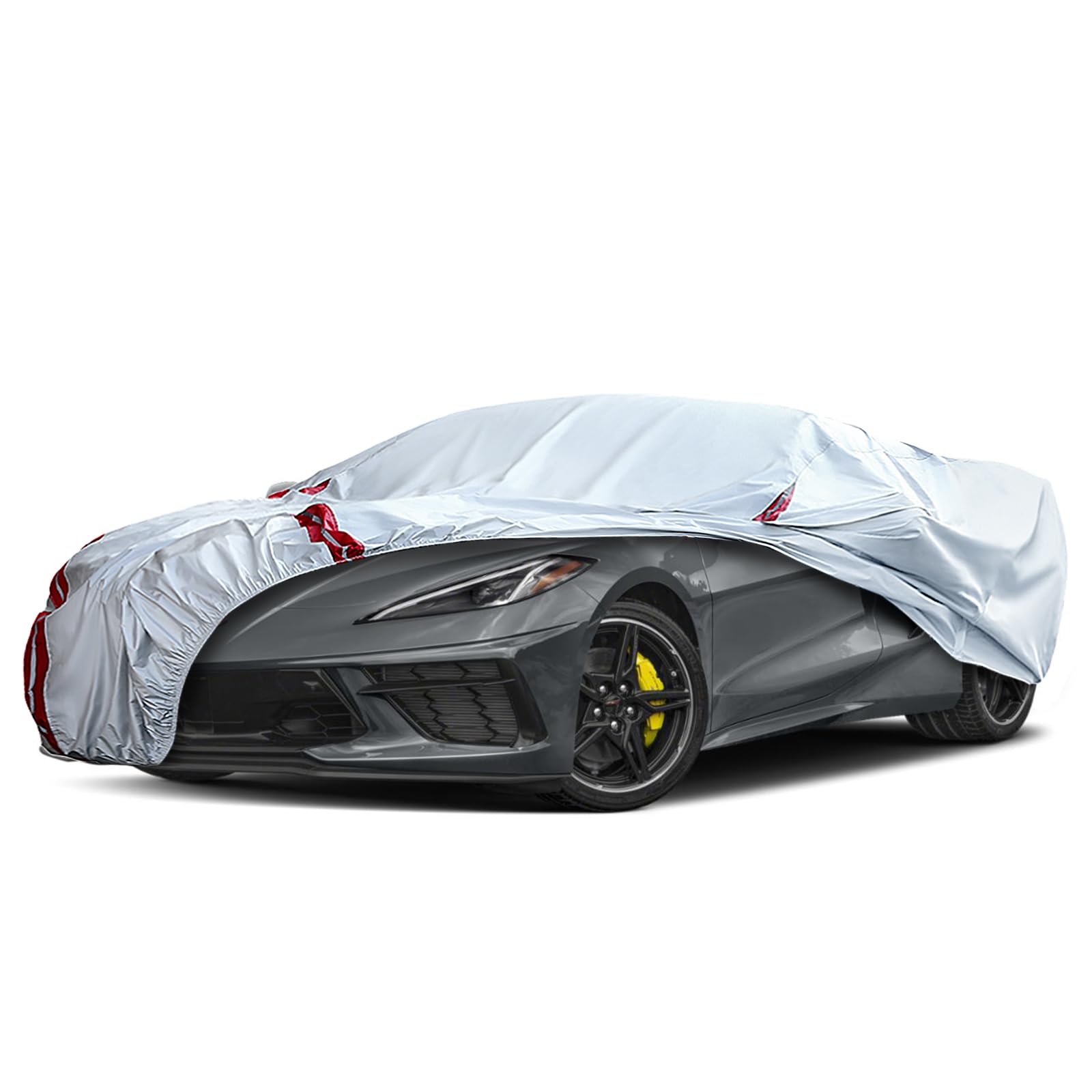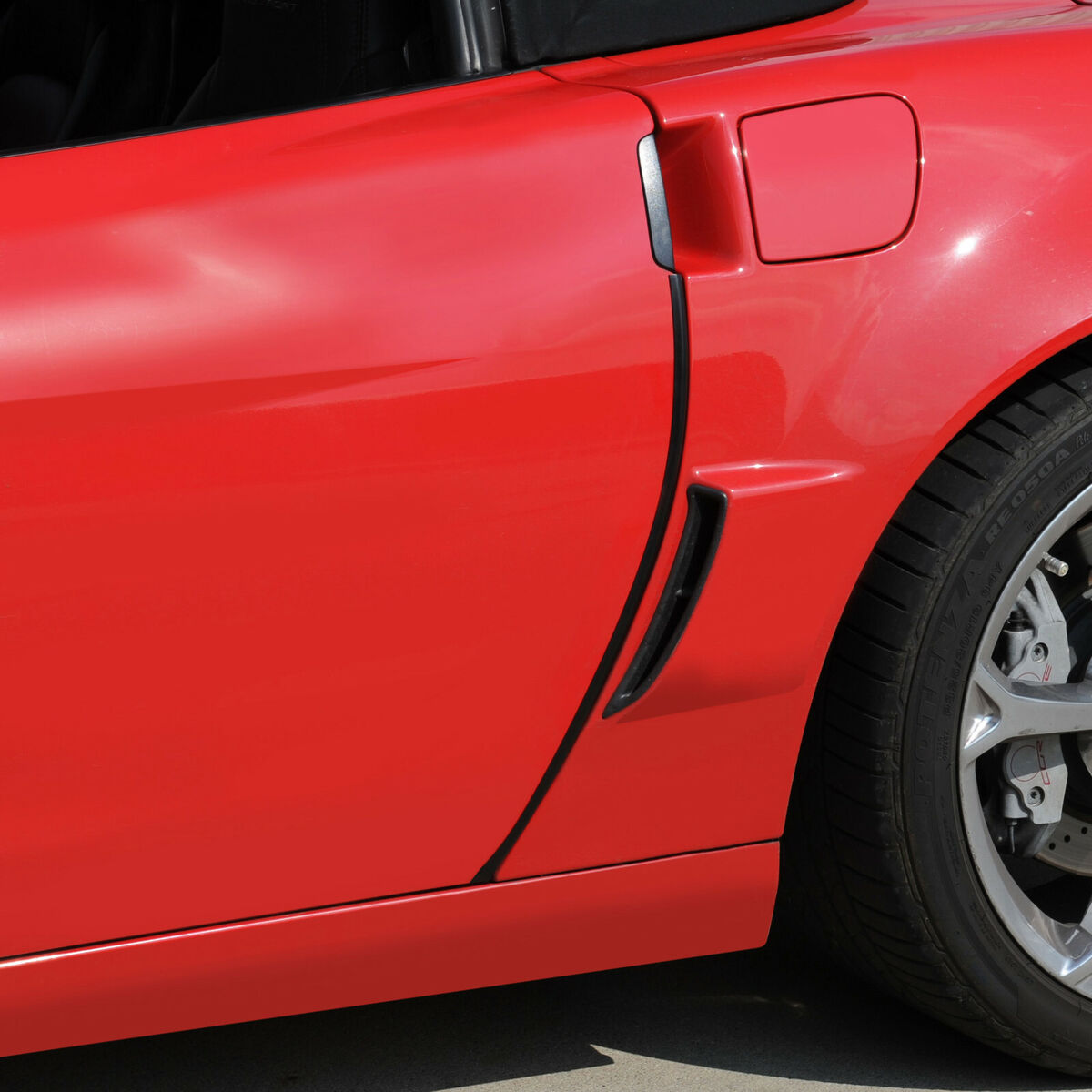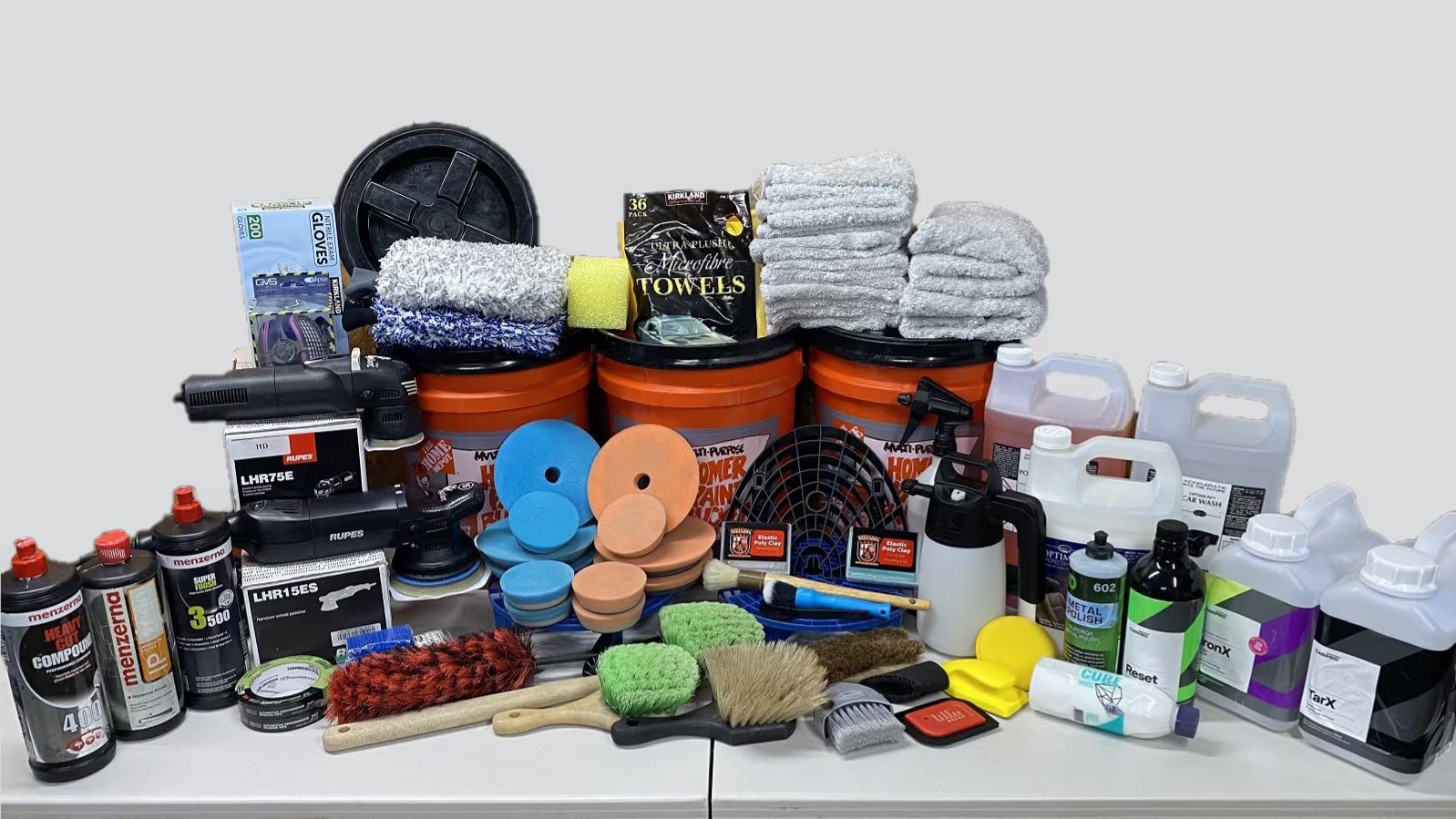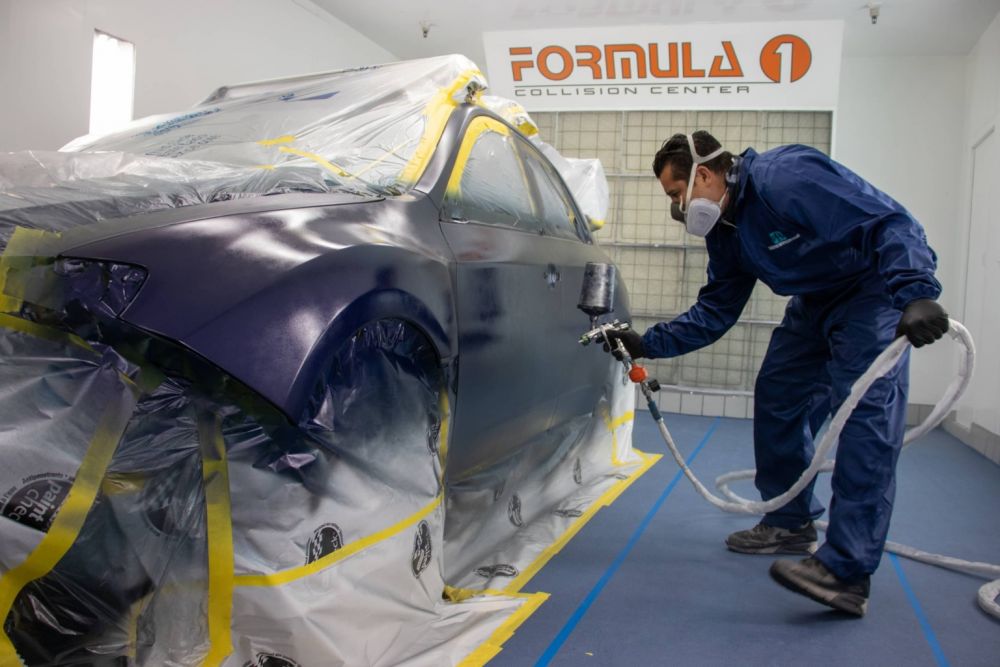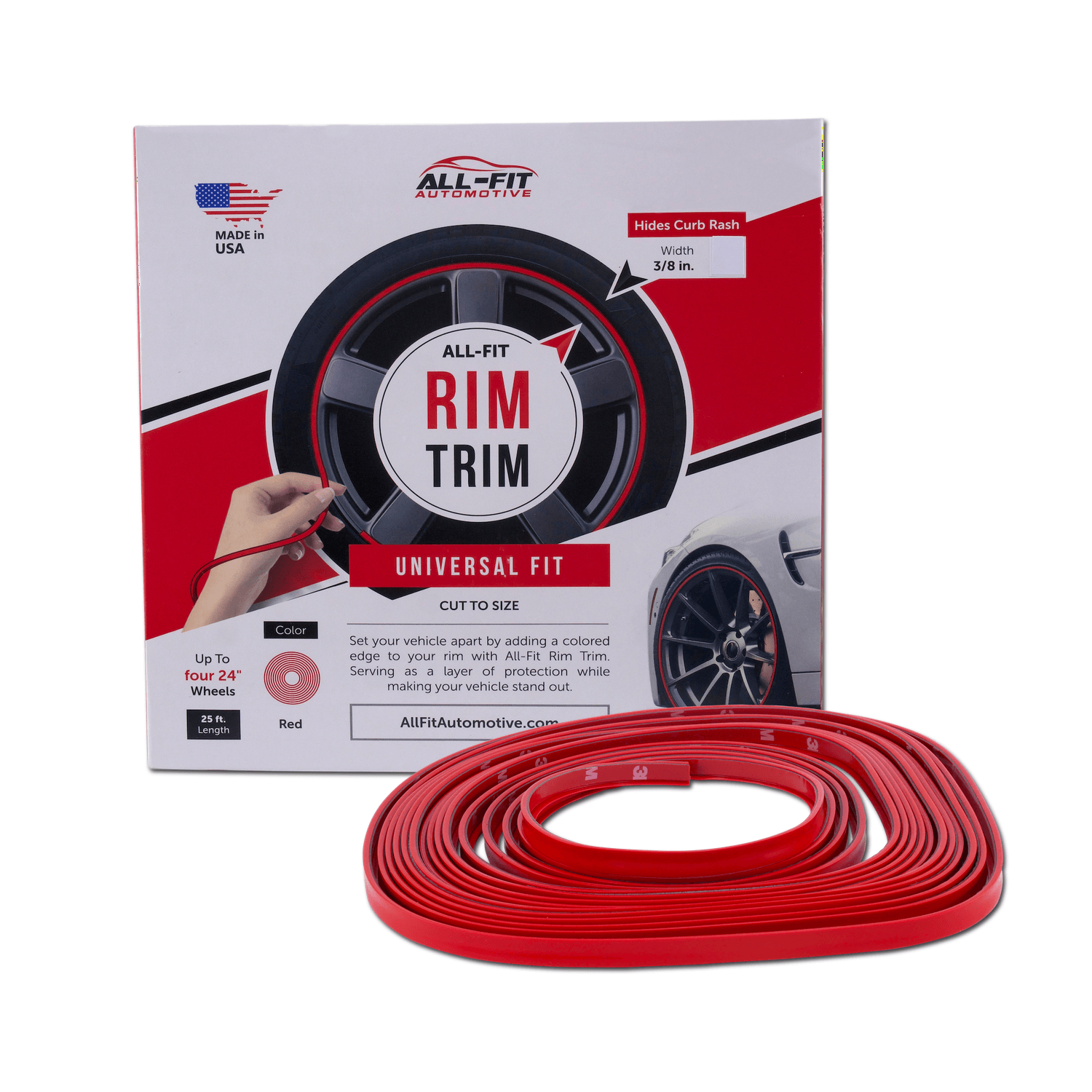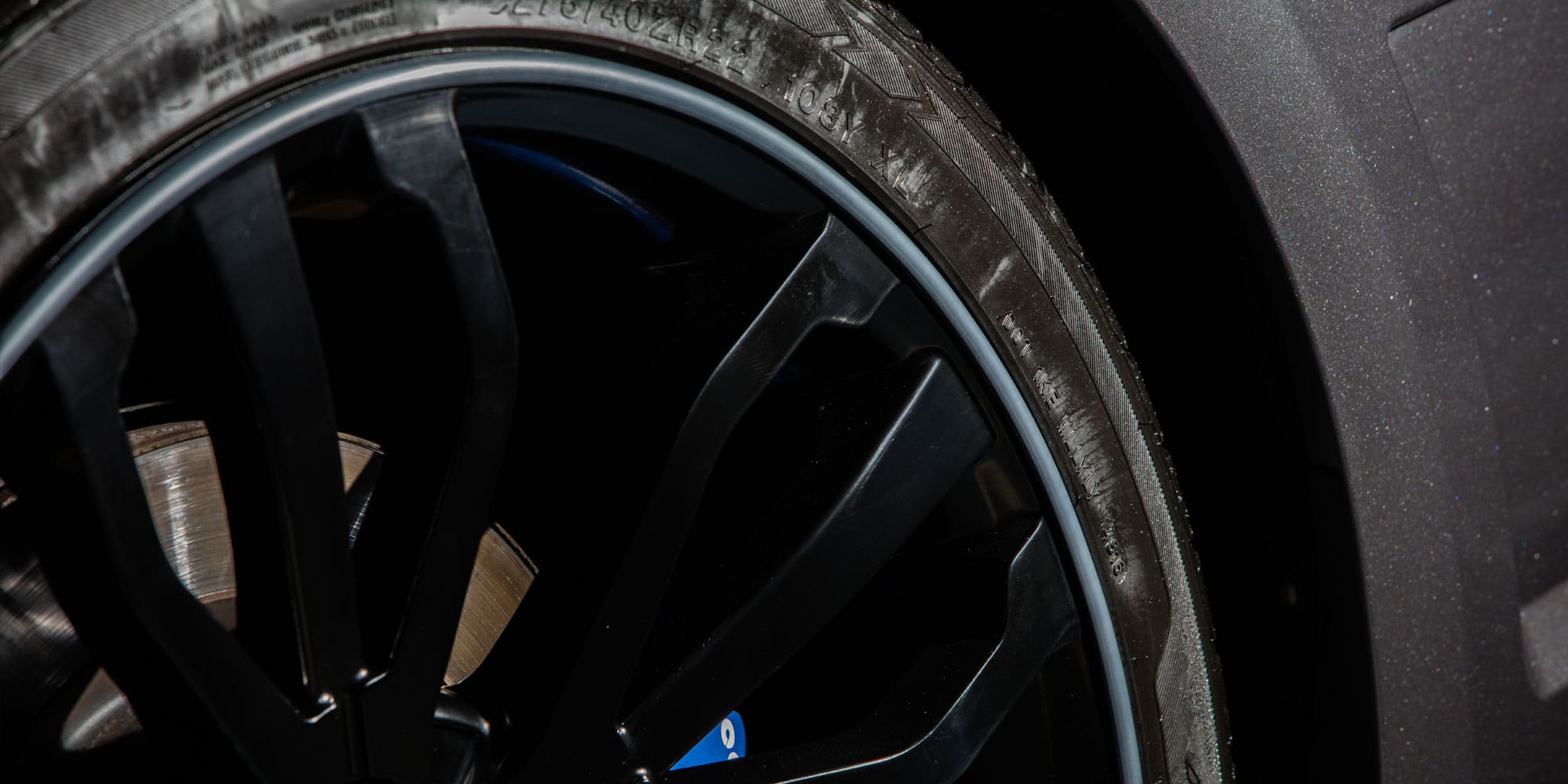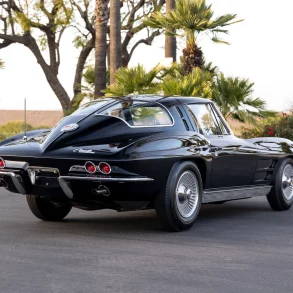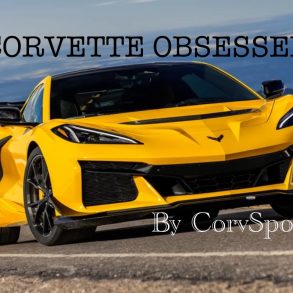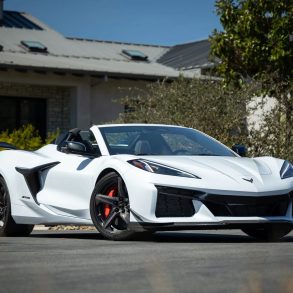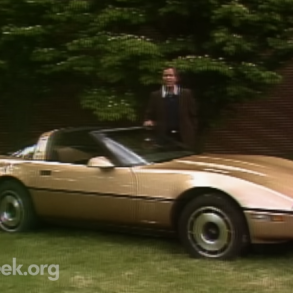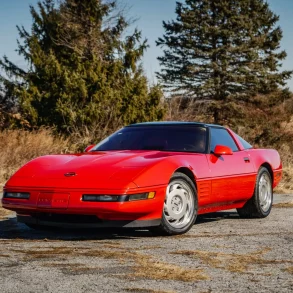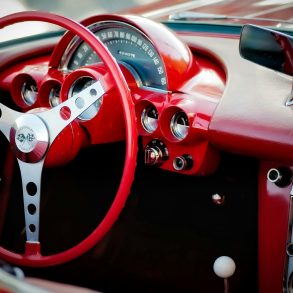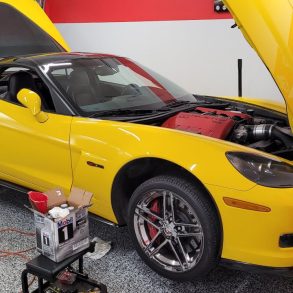You’ve spent big bucks to get the Corvette of your dreams. Insurance is all taken care of and you’re ready to hit the road.
Not so fast though. Before your car takes that maiden voyage, many Corvette enthusiasts will tell you that there are other things to check off the list before it hits the road.
Check out 5 ways to protect the interior and exterior of your Corvette.
Paint Protection Film (PPF)
Paint Protection Film (PPF), also known as clear bra, is a thin polyurethane film or polymer that is applied to the exterior of a vehicle to protect it from scratches, chips, stains, and other minor exterior damage. It acts as a protective layer that can absorb impacts and resist the elements that typically damage car paint.
Credit: Corvette Forum
Impact/Scratch/Stain Resistance
PPF is designed to absorb impacts from road debris, such as rocks and gravel, that can cause chips and scratches on the vehicle’s surface. Its elasticity allows it to deform upon impact and then return to its original shape, preventing damage to the paint underneath.
Additionally, PPF film has self-healing properties, meaning that minor scratches and swirl marks can disappear with heat exposure from the sun or hot water. This keeps the car’s exterior looking newer for longer, and is also resistant to staining from bugs, bird droppings, and tree sap, which can etch into the paint and cause damage. The film prevents these substances from directly contacting the paint surface.
UV Protection
Over time, exposure to the sun’s ultraviolet (UV) rays can fade and degrade car paint. PPF offers UV protection, reducing the amount of UV light that reaches the paint, thereby helping to preserve the paint’s color and gloss.
Customization and Finishes
Credit: Corvette Forum
While traditional PPF is clear, thereby enhancing the vehicle’s gloss, there are also matte finish options available. These can give the car a unique look while still providing all the protective benefits of PPF.
It can be applied selectively to high-impact areas of a vehicle (like the front bumper, hood, side mirrors, and door edges) or to the entire vehicle for comprehensive protection. This customization allows car owners to choose the level of protection that suits their needs and budget.
Our opinion is that full frontal PPF is the best way to go since a half hood is akin to the old school hockey masks that only cover half the face. Why bother otherwise?
PPF serves as an invisible armor for cars, defending against the everyday wear and tear that can degrade the vehicle’s appearance and value over time. Its protective features not only keep the car looking pristine but also can save money on maintenance and repairs in the long run.
Cost-Effective Maintenance
By protecting the paint from damage, PPF can reduce the need for costly paint repairs and touch-ups. It also helps in maintaining the car’s resale value by keeping the exterior in better condition.
Ceramic Coating
Credit: Youtube / Full Throttle Drive
Ceramic coating offers a different type of protection for vehicles compared to traditional waxing or sealants. It’s a liquid polymer that chemically bonds with the vehicle’s factory paint, creating a layer of protection that is more permanent than what wax can provide.
Although it provides similar benefits to PPF, ceramic coating does not usually last as long. One of the notable benefits is that it offers hydrophobic (water-repellent) properties, meaning that water beads up and rolls off the surface more easily, taking dirt and grime with it. This makes the vehicle easier to clean and maintains its cleanliness for longer periods.
It is worth noting that you can also apply ceramic coating to PPF.
Protective Accessories
Floor Mats
High-quality, all-weather floor mats can protect your car’s interior flooring from dirt, water, mud, and stains. They are easier to clean and more durable than the standard carpet mats that come with most vehicles.
Seat Covers
Seat covers can prevent wear and tear on your car’s seats, protecting them from spills, pet hair, and UV rays that can fade the upholstery over time. These come in various fabrics such as cloth, neoprene, and even leather.
Car Cover
When parking your car outside, a car cover can protect it from the sun, bird droppings, tree sap, dust, and rain. It’s an essential accessory for those who don’t have access to covered parking.
Door Edge Guards
These accessories can prevent chips and scratches on the edges of your car doors, which are prone to damage in tight parking spaces. They can be inconspicuous which means you can maintain a stock look as well.
Regular Maintenance
Wash Regularly and Use Reputable Products
Washing your car regularly isn’t just about aesthetics; it’s about maintenance. Dirt, road salt, tree sap, bird droppings, and other contaminants can damage your car’s paint and undercarriage over time.
- Frequency: How often you wash your car can depend on the climate, the season, and how you use your vehicle. As a general rule, washing every two weeks and waxing at least twice a year is recommended.
- Choosing the Right Products: Use car wash soap specifically designed for automotive paint. Household detergents and soaps can strip wax from the paint and degrade the clearcoat. Brands such as Meguiars, Mothers, Autoglym, and Chemical Guys are all well-known in the industry by professional detailers.
- Washing Techniques: Wash your car in the shade to prevent water spots. Use a microfiber wash mitt and a two-bucket method (one for clean soapy water and one for rinsing your mitt) to avoid scratching the paint with debris.
- Drying: Dry your car with a clean microfiber towel or a silicone squeegee to prevent water spots and mineral deposits.
Bodywork and Autobody Refinishing
Despite our best efforts, things happen to our beloved rides and sometimes it calls for restorative action. This may include hail damage, parking mishaps, or even car accidents.
Credit: Formula 1 Collision
It breaks our heart everytime we see a Corvette crash and part of the ordeal is finding a shop that can do the work. Experts like the Formula 1 Collision offer a variety of different services if any owner finds that they require an auto body refinishing or collision repair specialist. This includes, but is not limited to:
- Auto Paint Repair (this is why every car should have PPF!)
- Paintless Dent Repair (PDR, for those inevitable hail storms)
- Windshield Repair
- Aluminium Repair, and more.
Curb Rash Protection Trim
Disclaimer: Listen, this one is going to ruffle some feathers. The absolute easiest answer to protect your rims from curb rash is to…yeah, not hit rims. We get it.
However, implementing these measures can still reduce the risk of damaging your rims. While accidents can still happen, having these protections in place means that any incidents are likely to result in less severe damage, saving you from costly repairs or replacements.
Life happens, and sometimes scratching your wheels is more devastating than getting t-boned because you know you could have avoided it.
Rim Protectors
These are specific products designed to guard the edges of your rims. They come in various materials, such as rubber or plastic, and colors to match or accent your vehicle’s appearance. Rim protectors can absorb impacts and prevent or minimize damage from curb contact.
They’re relatively easy to install and replace if damaged, but may not hold on as well as it uses an adhesive, and in our opinion, doesn’t look all that great.
Wheel Rim Guards
Credit: Alloy Gator
Similar to rim protectors, these guards attach to the edge of the rim and provide a barrier between the wheel and potential hazards like curbs. You can tap them into place where they’re held by tension and are made from durable materials designed to withstand minor impacts.
There are wheel coating products available that can make your rims more resistant to scratches and scuffs. It does this by adding a layer of hardness to the wheel’s finish, making them less susceptible to curb rash.
However this option is least likely to be effective and ceramic coating on wheels won’t do diddly squat so we won’t bother delving into this category.


